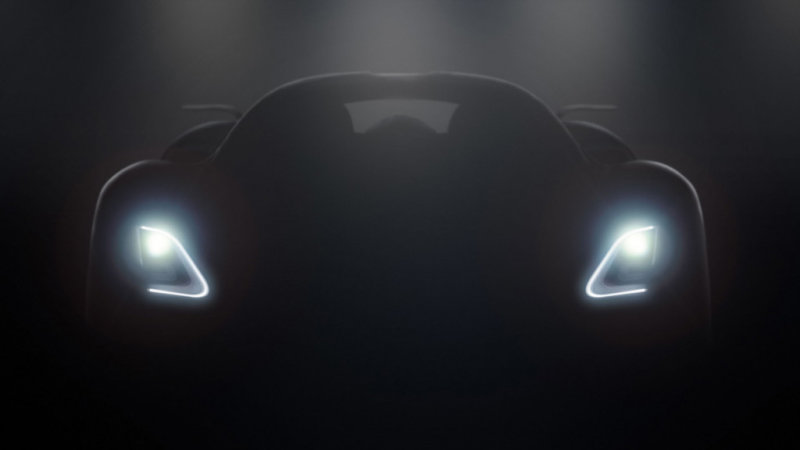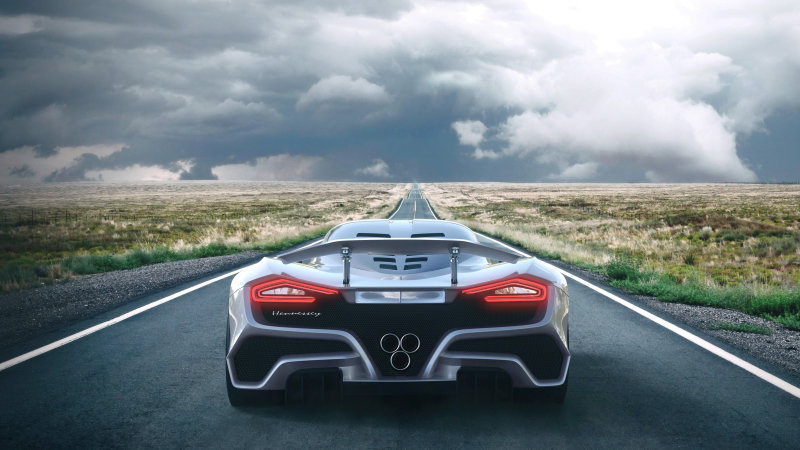McLaren has announced the official performance figures for its Senna Hypercar and they just might offer a helping hand to people who were struggling to see past those polarising looks.
The Senna is the latest vehicle in McLaren’s Ultimate Series, the second vehicle in the series after the ballistic P1. The British luxury sports car manufacturer revealed its performance stats ahead of the car’s public debut, which is due to take part on March 6 at the 88th Geneva International Motor Show.
Performance without compromise
From earlier information, we know that a 4-litre twin-turbocharged V8 engine will power the Senna, producing 789bhp and 590 lb ft of torque – McLaren’s most powerful internal combustion engine fitted to a road car. While those power figures are actually less than the previous Ultimate Series car, the plug-in hybrid McLaren P1, that’s no reason for concern.
Thanks to its teeny 1197kg weight, the Senna will reach 62mph from a standstill in 2.8 seconds according to McLaren, with 124mph coming up just 4 seconds later. It will cover the standing quarter mile in 9.9 seconds, and top speed is 211mph. By comparison, the P1 weighed 1547kg, though it had a hefty electric motor and batteries to lug around.


McLaren’s true focus with the Senna is on bestowing it with razor-sharp handling and, as well as the aforementioned lightness, those looks that caused such a stir when it was unveiled last year are all a part of this.
Built around a carbon fibre monocoque, which McLaren says can trace its roots back to the 1981 McLaren MP4/1 Formula 1 car, all of the shapes and wings on the Senna contribute to downforce of up to 1763.7lbs on-circuit, with the aim of delivering a pure connection between the car and driver.
A huge amount of effort has been put into ensuring the Senna’s aero all works together to provide downforce and sufficient cooling. The rear of the car’s distinctive slashes and diffuser may look somewhat jutting at first glance, but every single part of the design is there to do a job.


McLaren says it is impossible to follow a single body line from the front to rear of the car without it passing a functional intake or vent.
On sale and on the road
While the Senna has been designed to provide the ultimate sensation for the driver on track, McLaren say that it has kept the car road-legal. Another figure recently released was the price – $958,966 US.
All 500 examples of the Senna have already been assigned to buyers, with the final model having been auctioned off at a private McLaren customer event for £2 million. Proceeds from that sale went to the Ayrton Senna Institute – a non-profit set up in the name of this car’s namesake that provides education for unpriveleged children and youngsters in the F1 legend’s native Brazil.
Do you think the McLaren Senna will live up to its namesake? Let us know!










